Frore and Shane Morris have created Ochre, a freshly discovered memory of the first human forms of art.
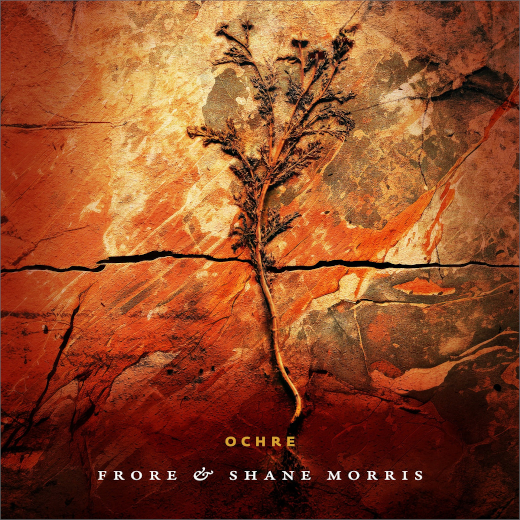
The rhythmic machine walks on and on
Ochre is part of a new form of tribal hypnotic electronic music evoking the spirits of the oldest of mysteries. Caves can be dangerous places. Fear starts because there is a total absence of light beyond the entrance. Cave systems comprise some of the last unexplored regions on Earth.
Ochre occurs naturally in rocks and soil where ferric minerals have pooled and formed, a naturally occurring pigment that is rich in iron. There are variations in color, yellow ochre, red ochre, purple ochre, sienna, and umber, deep red and an especially bright red pigment the color of blood, yellow to deep orange or brown. I am thinking of this as I listen to the tracks, hand prints made by blowing pigment over hands pressed against the cave surface, hand stencil-shapes and animal drawings, using multiple colors and arranged with actual artistic intention.
Some of the instruments used by Frore and Shane Morris to create Ochre include analog, digital and modular synthesizers, frame drums, udu, gongs, shaker, and the chromatic flute. An udu is a plosive aerophone, a sort of pear shaped clay jug with a special hole in it, played by slapping one’s palm onto the udu. A frame drum is a drum that has a drumhead width greater than its depth and is possibly one of the most ancient musical instruments, the drumhead is stretched over a round, wooden frame. The synergy between these two instruments, udu and frame drum, are some of the key dynamics to the unique sound of Ochre.
Travelers burdened by their essentials
The opening track, “From Spark to Flame” (8:52), brings monks’ throats and cave spirits, grunts and growling wind until the rhythm bubbles into a form. Now the trance has taken over. We are taken deeper into the cave, following along into the expansive void, marked only by the strange “Formations” (5:54). Sometimes the slow reverberations hang forever, until the change starts, like a bell under water, stirred by a flute, contrasting dry and harsh. Now imagine slowly walking lines of travelers burdened by their essentials, “Into the Dust” (11:29). The bass line pulls us all along on this frame drum processional, way out into lost ocean floors, where is the water? I love the flute recordings processed over and over through layers of granular synthesis.
The fourth track, “Hidden Meaning” (7:09), begins with no beat, gentle chaos evolving into various repeating melodic patterns, I hear plenty of gongs, bells and just ringing metal, falling deeper and deeper into a more basic and elemental sound. The title track, “Ochre” (12:52) blossoms with sustained dark atmospherics. I remember the mud found in the cave, mud used to tell a story with pictures. What I hear is the construction process ultimately yielding a percussive pattern. As if forever, the rhythmic machine walks on and on. Now the flute calls us on and on into the boundaries of time, held by the omniscient extended trance beat, and the frame drum keeps us all the way to the end. “Waiting for Eternity” (9:13) has talking insects or something strange from ancient deep space, slow drones arriving from glowing distances, making a long slow progress heading into oblivion. I hear a growling wind instrument, and sometimes buzzing monks that sing strange tones.
Our unexplained need as humans to leave something of ourselves behind drives so much of our imagination. To create something that wasn’t there before. To draw on a cave or cliff wall 40,000 years ago or record an ambient album in the 21 century and wonder how long your mark will last until it all becomes dust. Our tools can be used to describe sensory events, such as sound, movement, color, shape, or action, sensing concepts or sensing ideas, a union of senses grounded in how we activate concepts. Cave paintings, like the experience of art, can only be individual, and depends on a person’s unique knowledge, experiences and history, what it is that remains when experiences induced by the piece are accurately balanced with obvious semantics induced by the same piece. I think this makes the listener both strongly think about and strongly experience a new approach to music. Frore and Shane Morris have created Ochre, a freshly discovered memory of the first human forms of art.
Ochre is available on Spotted Peccary Music. [Bandcamp | Site]






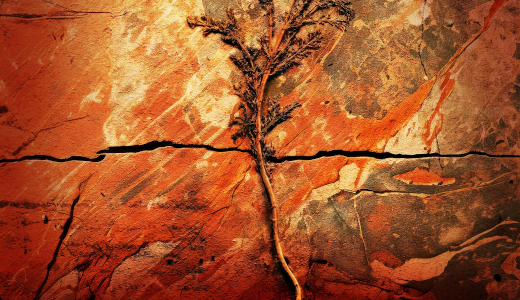



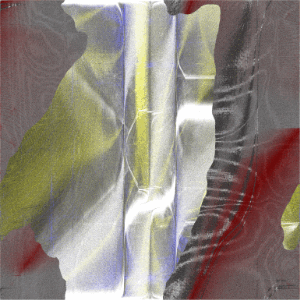
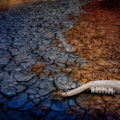
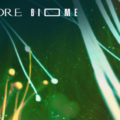
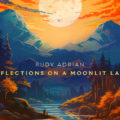
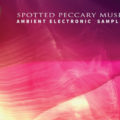
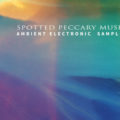




![Luke’s Anger :: Ceiling Walker EP (Love Love) — [concise]](https://igloomag.com/wp/wp-content/uploads/2025/04/lukes-anger-ceiling-walker-vinyl_feat-75x75.jpg)

![Ndorfik & madebyitself :: Solos EP (People Can Listen) — [concise]](https://igloomag.com/wp/wp-content/uploads/2025/04/ndorfik-madebyitself-solos_feat-75x75.jpg)



